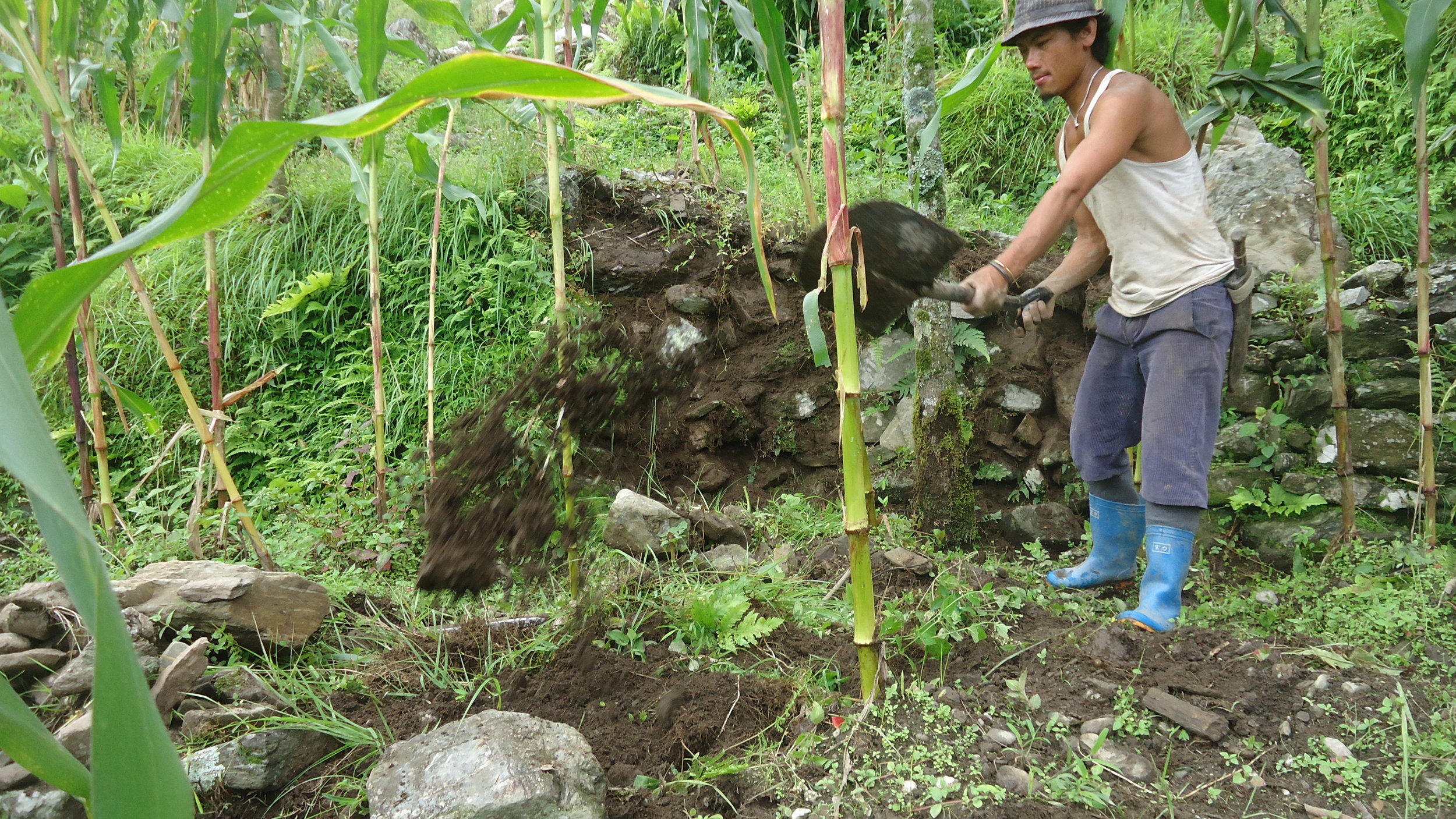There was an excellent article in the Guardian earlier this week on the role Agro Forestry is playing in Brazil to tackle land inequality and environmental degradation. For those new to Agro Forestry (something our projects in Nepal have at their heart) it is also a great introduction into how it works.
An organisation called the Landless Workers Movement (MST) have been reclaiming unused land and using it to empower local farmers. The farmers have been learning and adopting agro forestry and are now seeing the benefits. The article explains more, but we have pulled out a few quotes that certainly echo what farmers in Nepal tell us:
Zaqueu Miguel one of the farmers at Mario Lago in south-east Brazil:
In a forest, when a tree falls, it opens a clearing and an infinity of life forms follow. But while in nature this only occurs every now and then, in agro forestry we make it happen more often... We have studies that show that this pulse in the clearings, this falling and growing, is much better in terms of climate, soil and water.
Amar Rai practices agro forestry techniques at his farm in Deusa. The TGT funded Agro Forestry Resource Centre in Deusa, Solukhumbo is working in tandem with our NGO partners to spread agro forestry throughout the region.
Another farmer at Mario Lago, Nelson Correa:
In agroforestry we work to regenerate the environment... productivity is a consequence of that regeneration.
Finally, farmer José Ferreira:
He who understands the processes of agroforestry doesn’t go back to conventional farming.
There are more great stories throughout the article. Find out what TGT is doing to enable agro forestry on our project pages.


